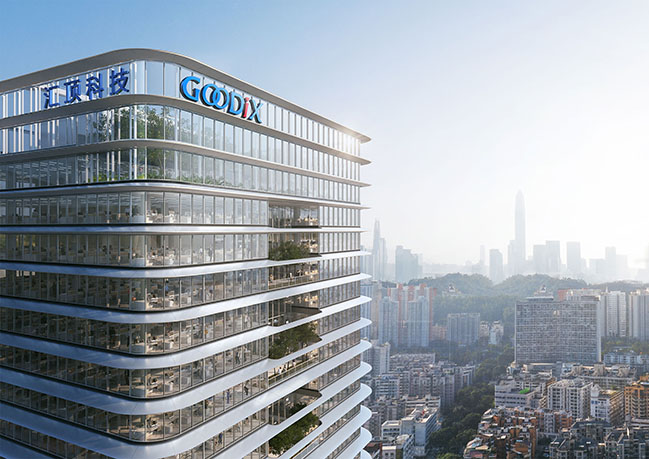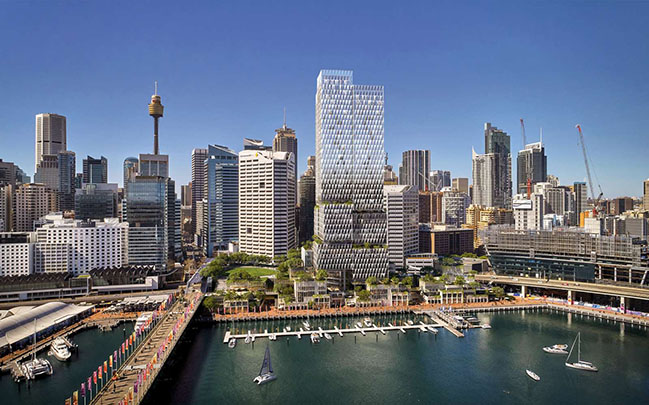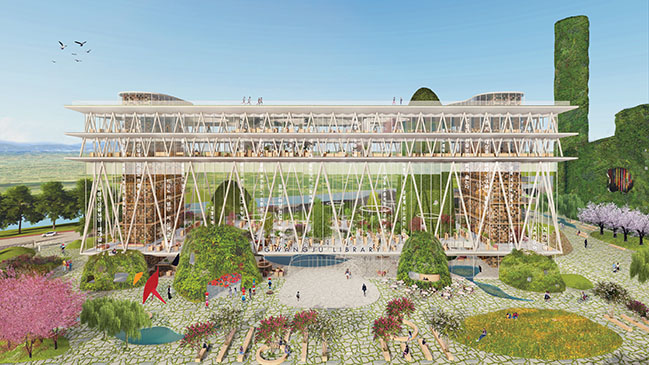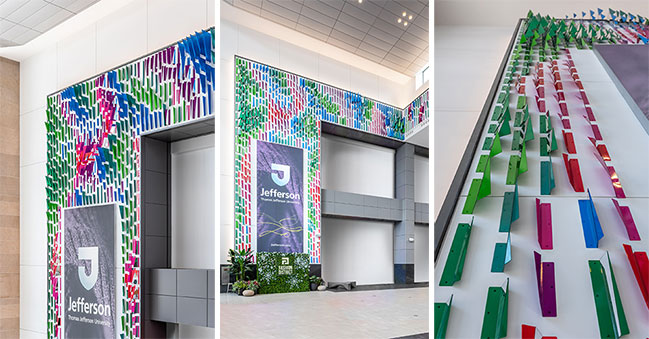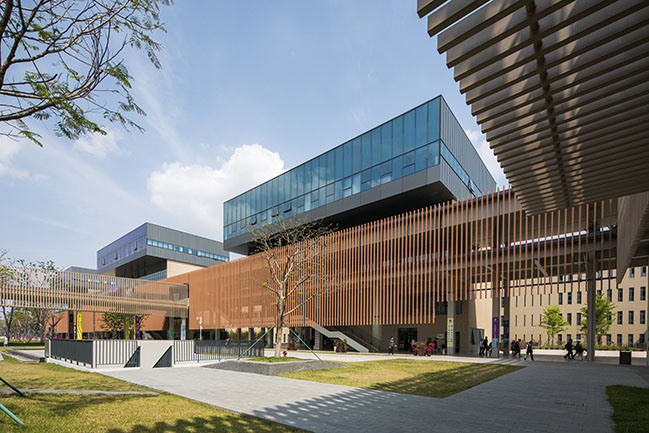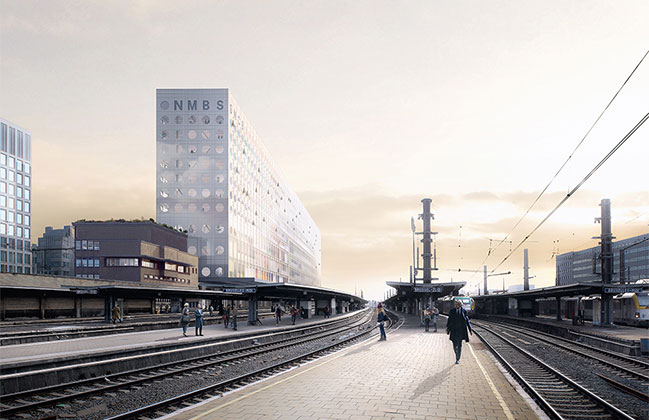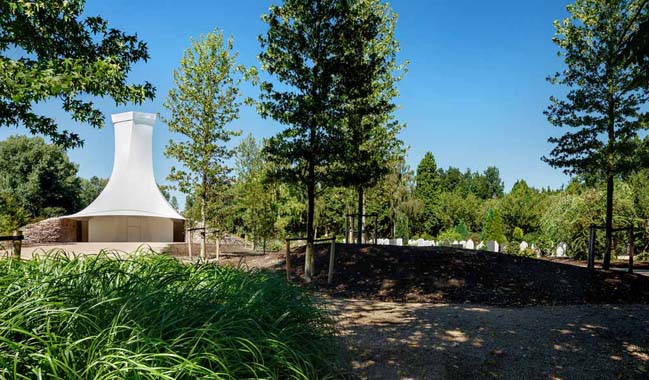03 / 23
2020
The redesign of the M17 CAC consisted first of all in changing the envelope, the skin of the building, and giving a new visual representation to the already recognizable brand that would link it to the tradition of the Ukrainian avant-garde.
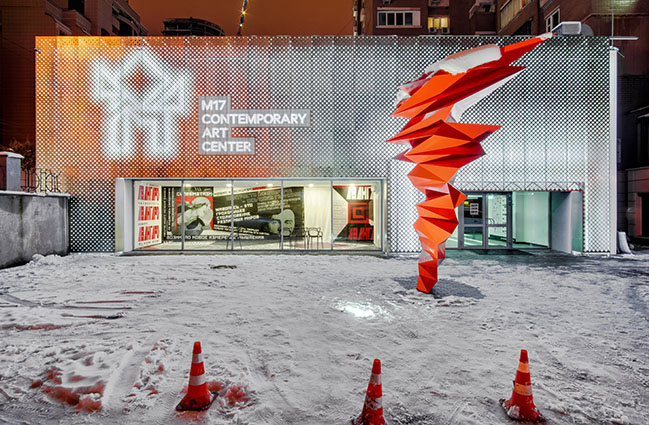
Architect: Dmytro Aranchii Architects
Location: Kyiv, Ukraine
Year: 2019
Project Team: Dmytro Aranchii, Aliona Nadzhafova (Bondar), Mariia Drobenko (Aranchii), Bohdan Hadzhylov
Photography: Alik Usik, Serhii Nikiforov
From the architect: The newly created envelope of M17 is based on a combination of ’museum background’ with modern methods of computational design.
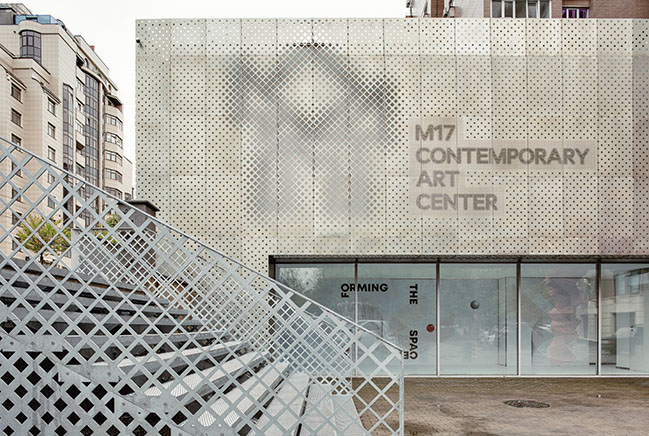
Consequently, the basis of the pattern generation is laid in 45-degree-rotated square, which is a reference to the existing and recognizable windows of the building and to the Ukrainian suprematist artist Kazimir Malevich, who was born in the closest proximity to the CAC location, studied painting at the art school Murashko at the Pymonenko studio and taught at the Kyiv Art Institute. Only the square scale varies on the facade pattern, allowing pixelated representation of the identity and other graphic geometry.
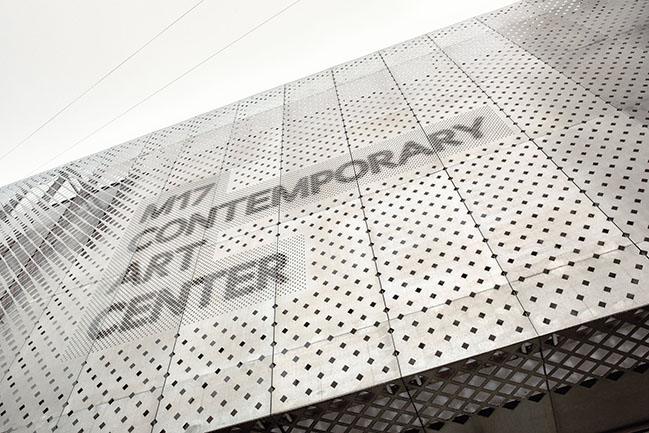
The perforated facade panels of galvanized steel are highlighted at night and are illuminated from the inside giving the image of underscored perfection. The identity is intended to enhance the visual recognition of the M17 based at the same time on a simplified graphical presentation and its combination with the characteristic features of the Ukrainian avant-garde.
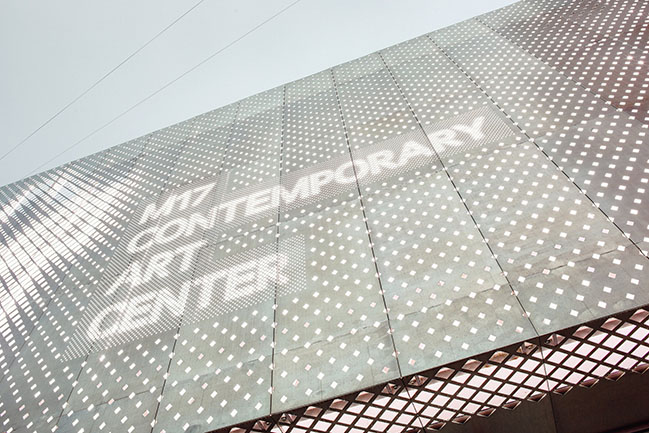
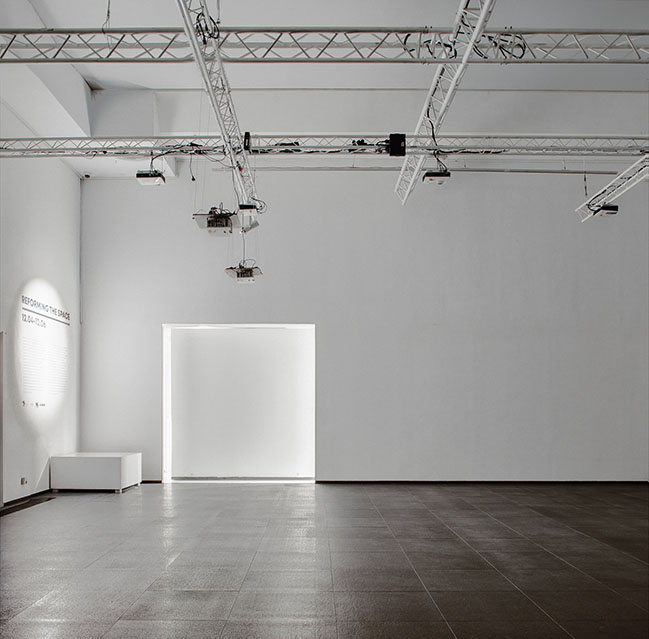
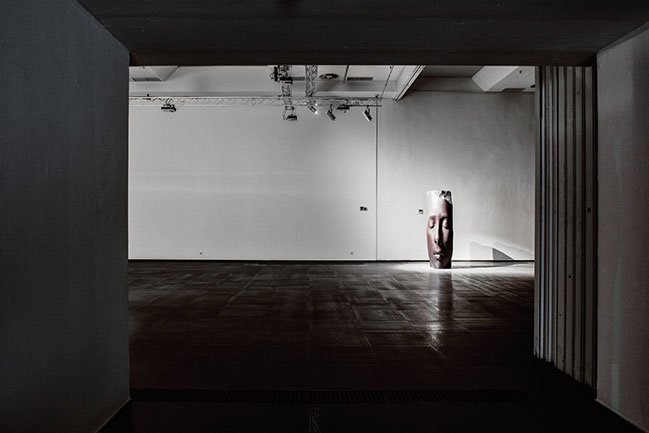

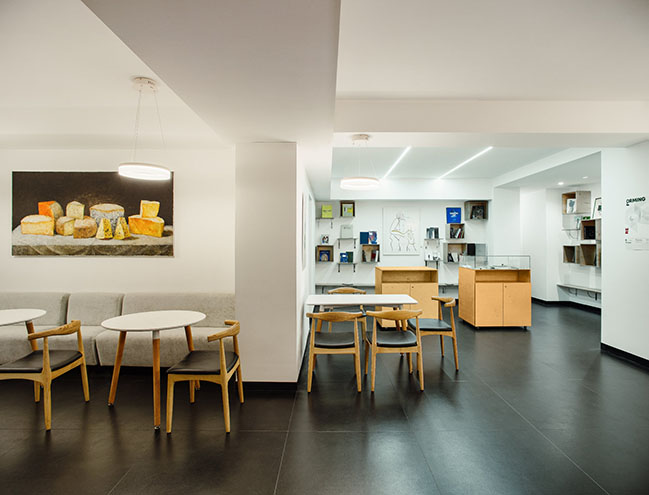
YOU MAY ALSO LIKE: Vitrine Shelf - Tai Kwun Contemporary Artist Books Library by Napp Studio
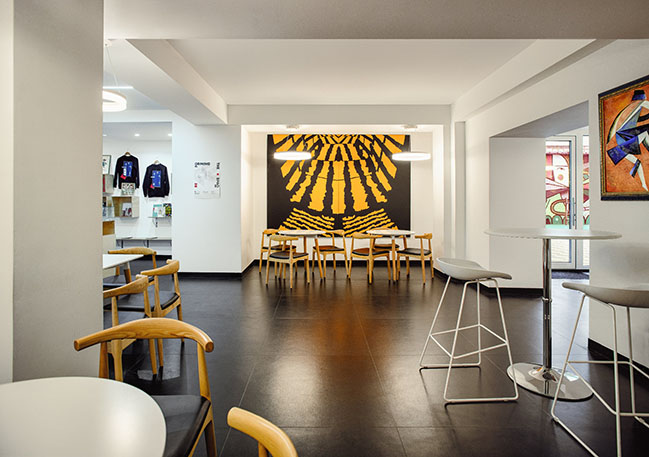
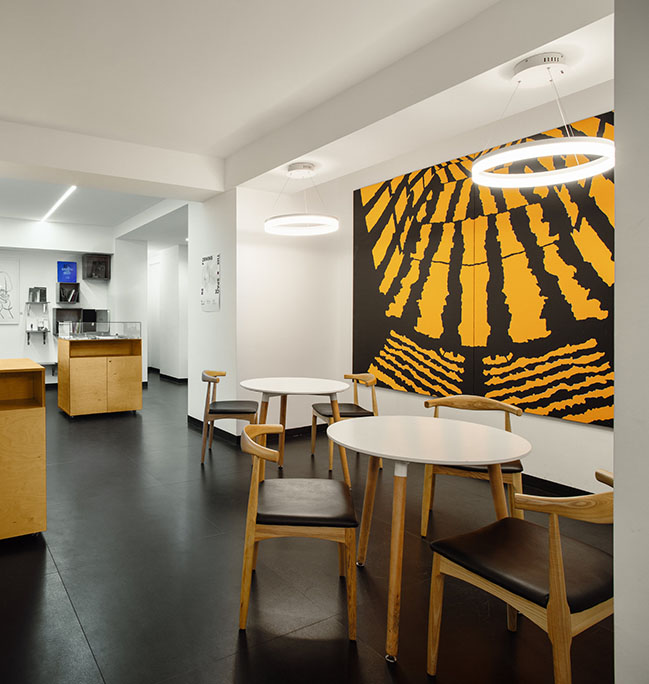
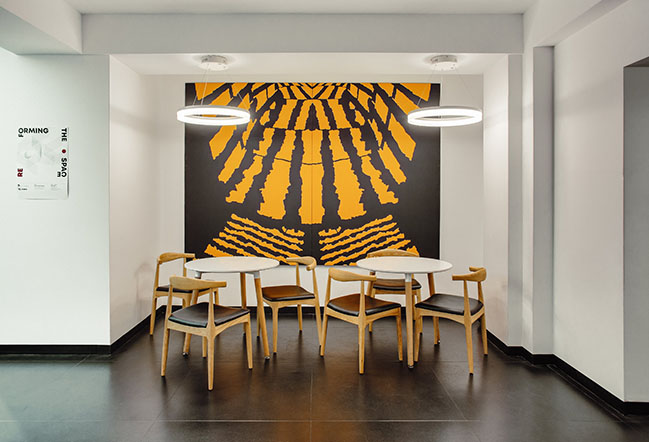


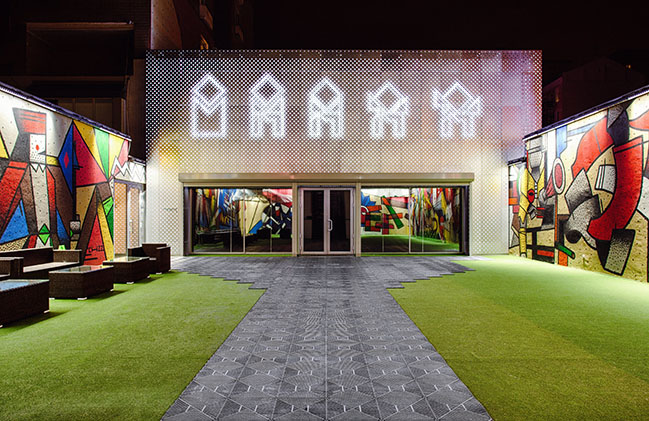
YOU MAY ALSO LIKE: Adelaide Contemporary Gallery by Bjarke Ingels Group
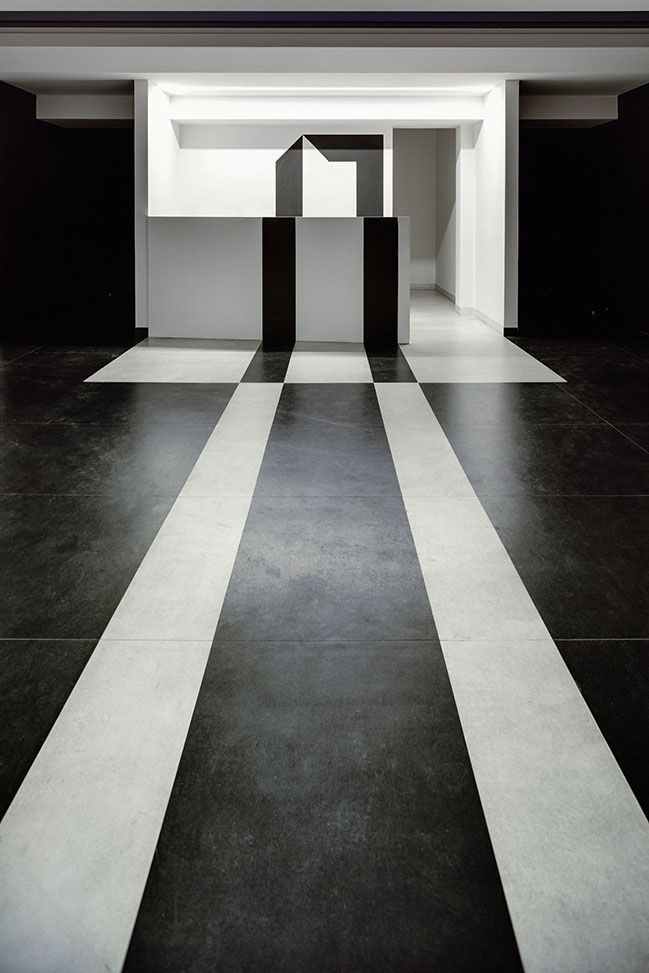
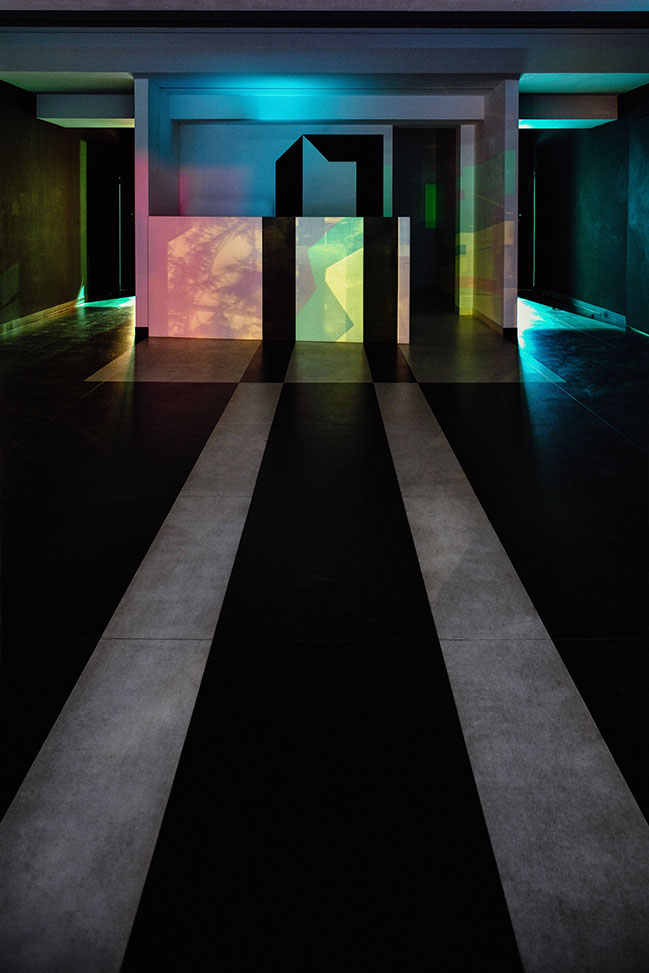

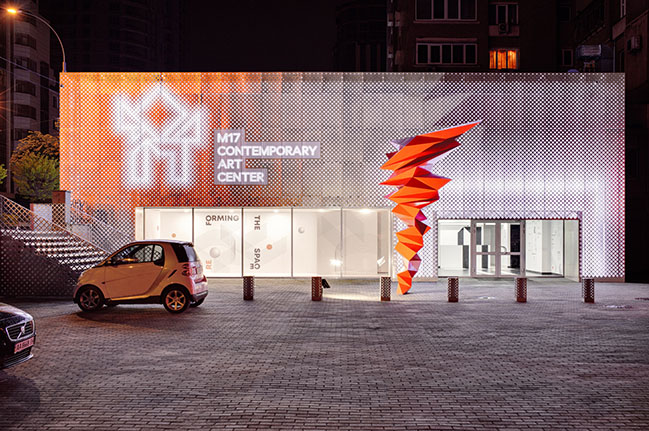
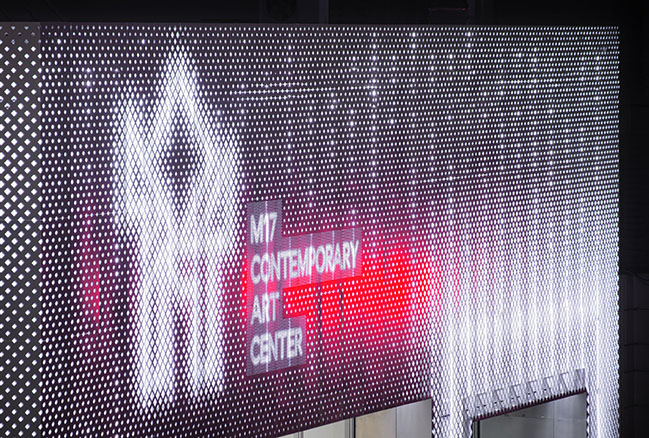
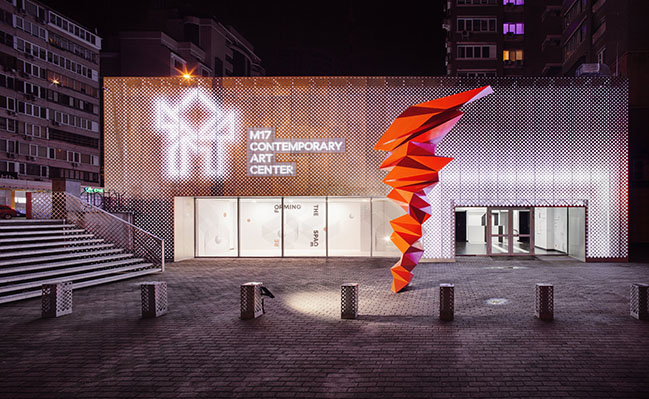
YOU MAY ALSO LIKE: Institute for Contemporary Art at VCU by Steven Holl Architects
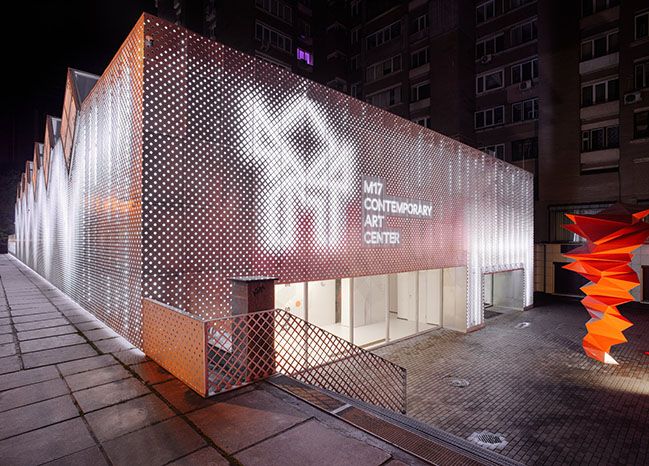
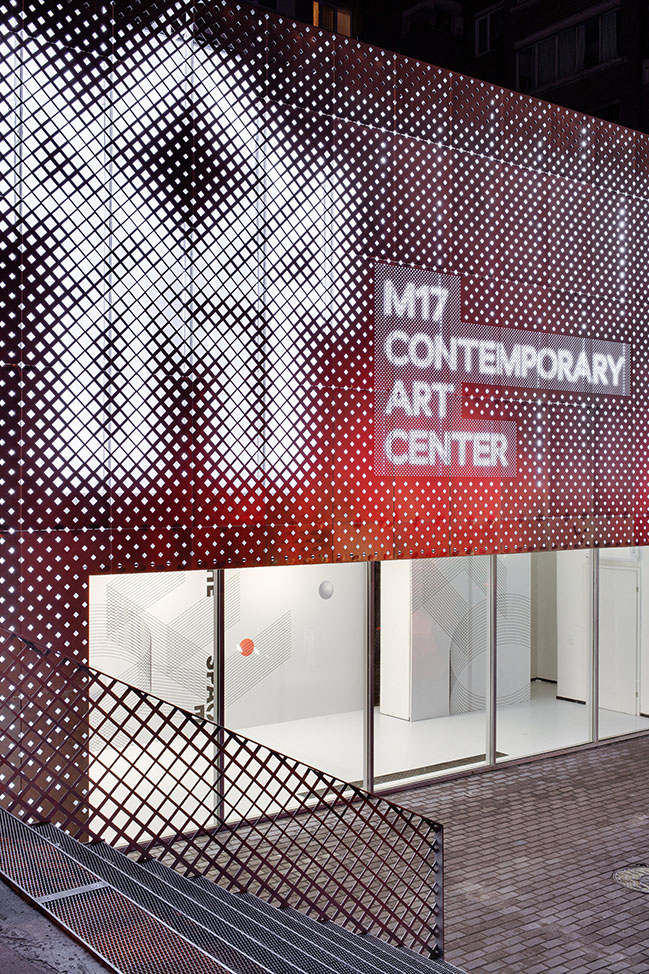
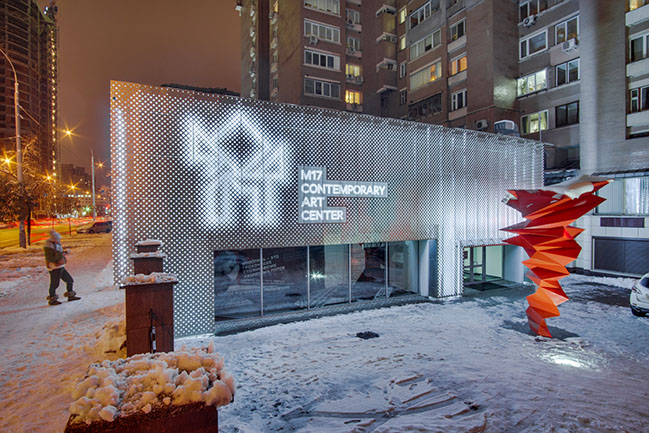
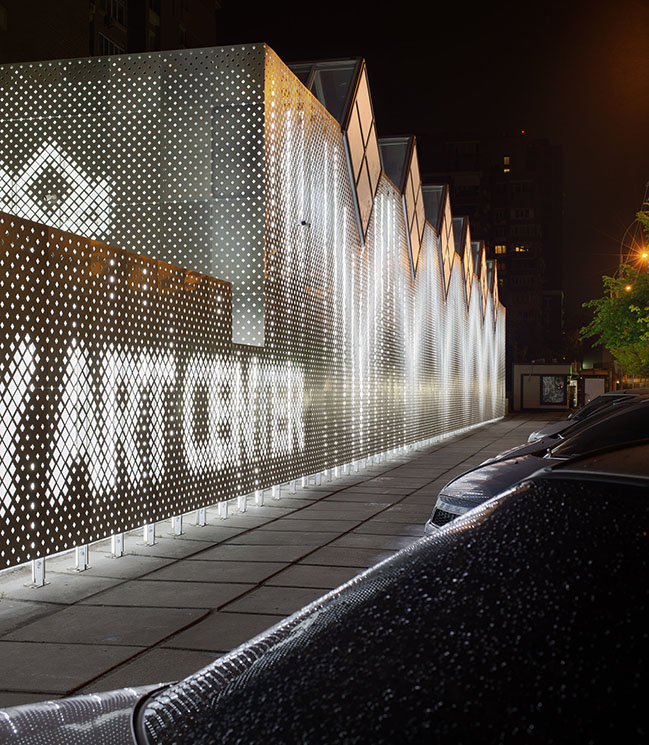

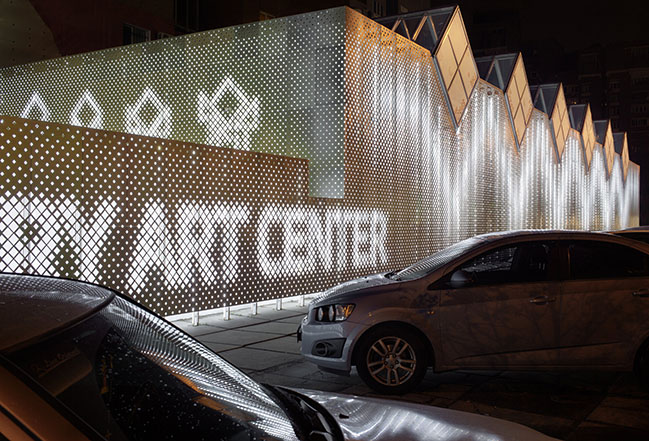
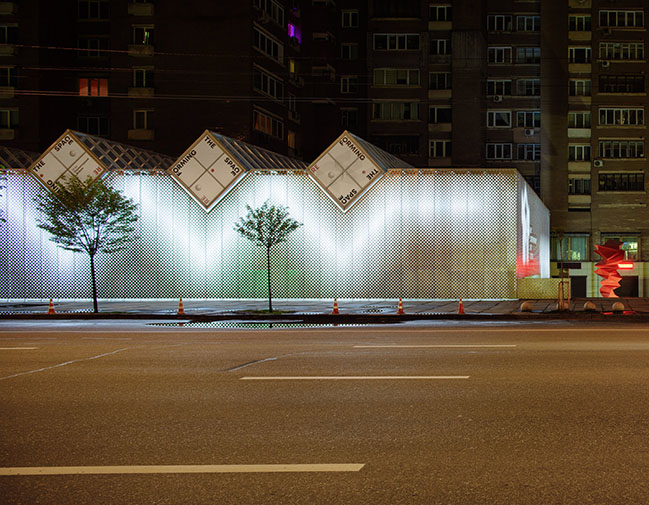
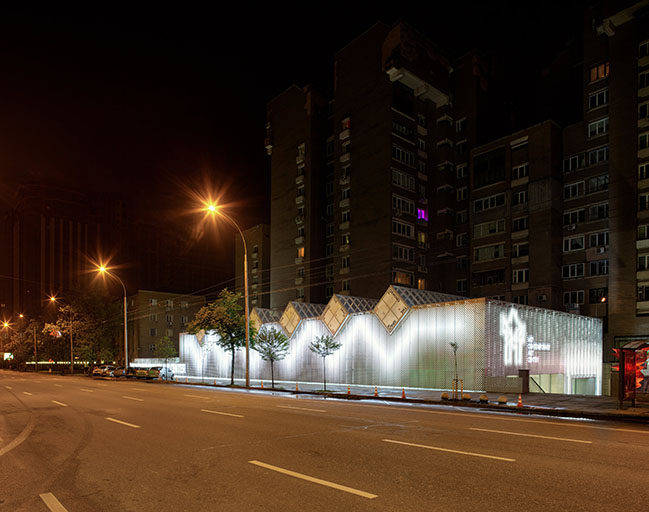
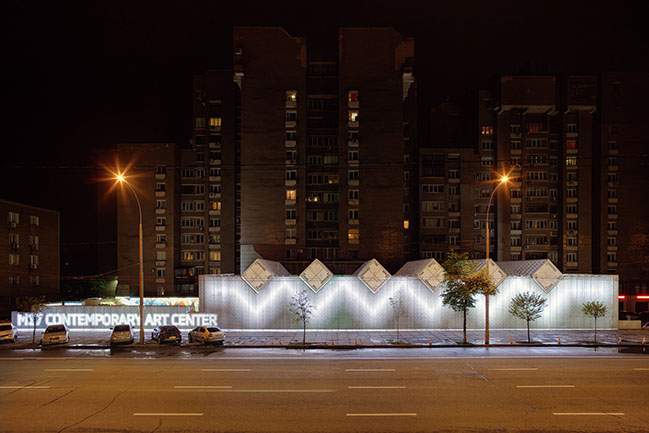
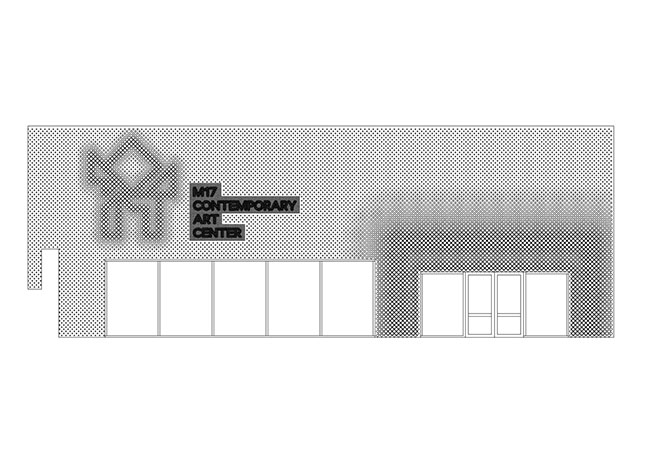
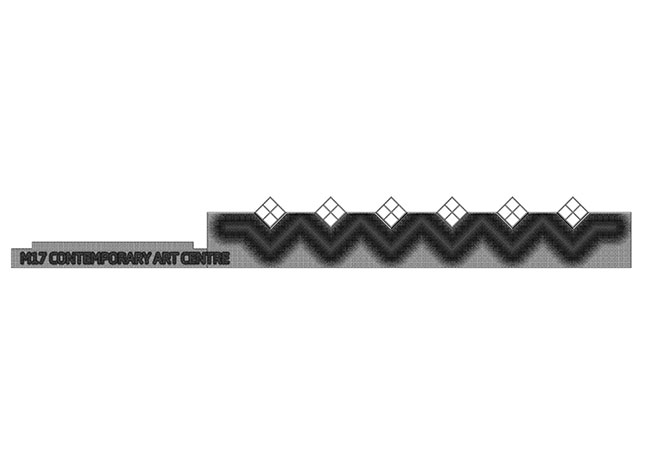
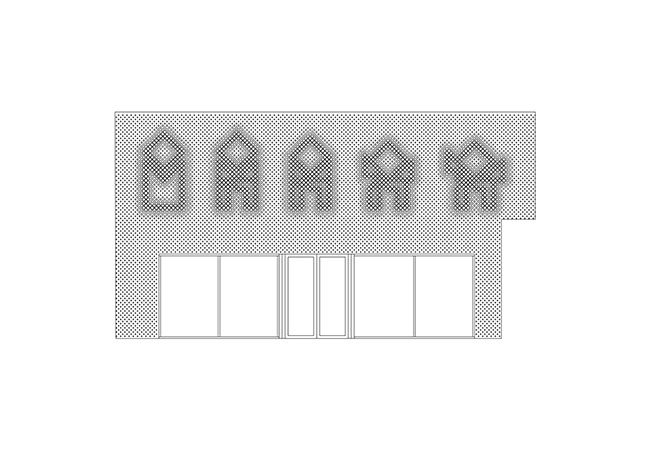



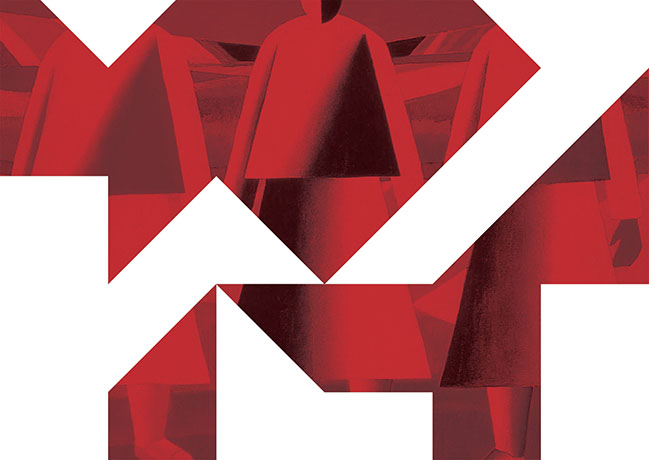
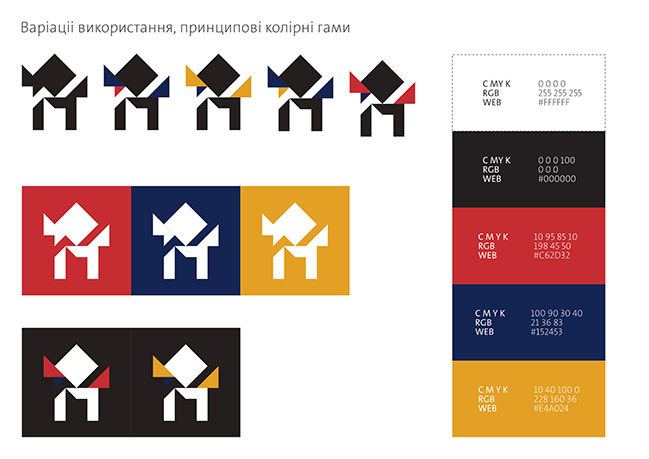
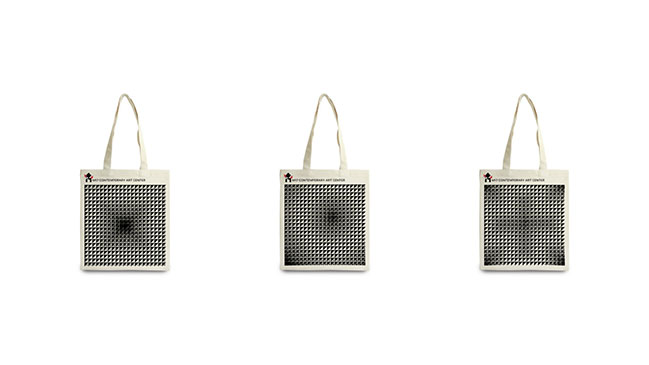


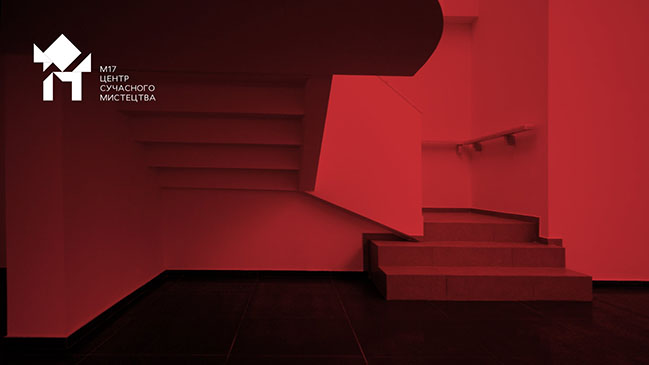

M17 Contemporary Art Centre Rethinking by Dmytro Aranchii Architects
03 / 23 / 2020 The redesign of the M17 CAC consisted first of all in changing the envelope, the skin of the building, and giving a new visual representation to the already recognizable brand...
You might also like:
Recommended post: Zorgvlied Crematorion by GROUP A
